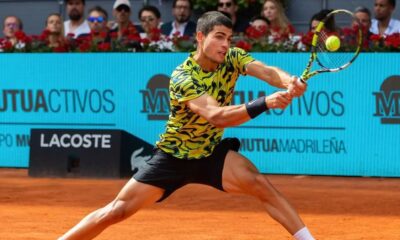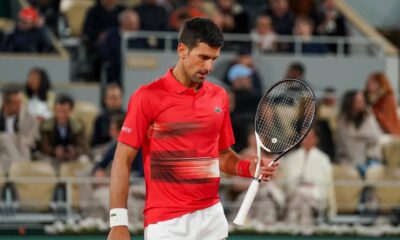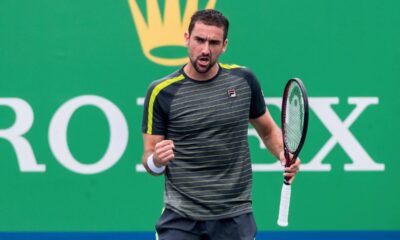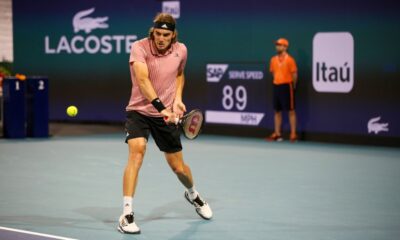Tennis
The great comeback of Nadal: A protected ranking must help him
The new tennis season is only a few days away. On 28 December the United Cup will start in Australia, three days later the ATP250 event will be played in Brisbane and the first day of January belongs to the Indian tournament in Pune.
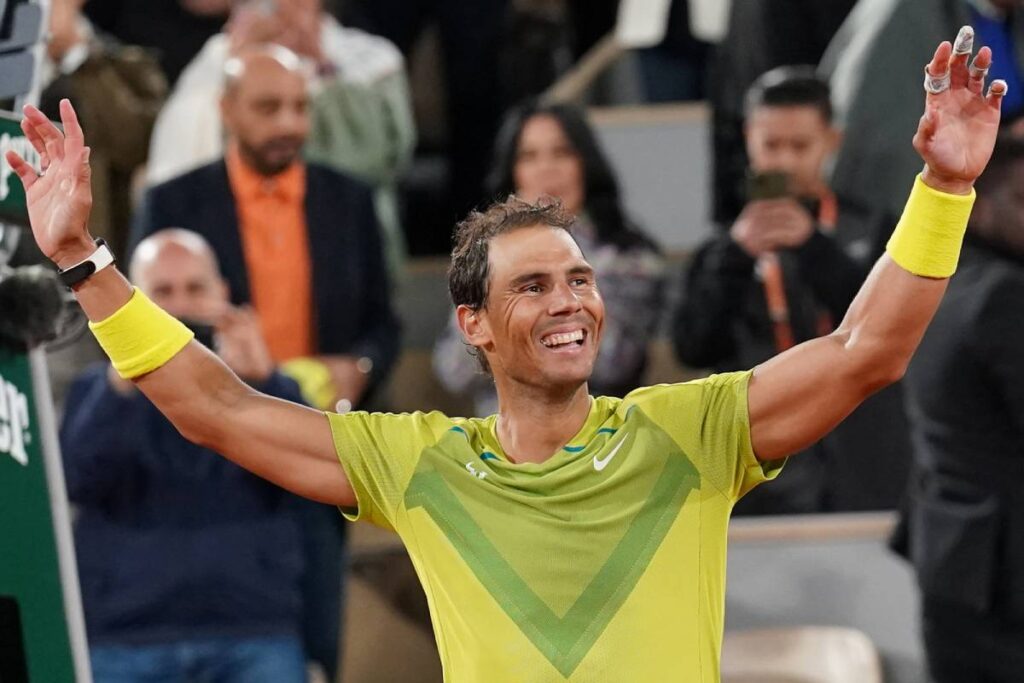
The new tennis season is only a few days away. On 28 December the United Cup will start in Australia, three days later the ATP250 event will be played in Brisbane and the first day of January belongs to the Indian tournament in Pune. What will be comeback of Rafael Nadal?
The new tennis year belongs mainly to the big comeback of clay king Rafael Nadal, who has been training hard in his academy for several weeks now and is looking forward to perhaps the last big show of his phenomenal tennis career. Will Nadal be competitive at all and will his body let him go on the demanding tennis carousel, or will he instead come back stronger than ever?
In 2024, we’ll go back a bit to the 2017 season. There, after a forced medical break of more than six months, the much-loved Roger Federer returned to the tennis tour as the seventeenth seed in 2017 and without much expectation from tennis fans, he entered the Australian Open.
The Swiss champion took on Kei Nishikori and then his compatriot Stan Wawrinka in five-set duels and once again outlasted his good friend Nadal in the final match. It was a truly magnificent story. A tennis legend who hadn’t played for half a year won a Grand Slam and in the final against his old rival.
What is certain is that for many of us, Nadal’s projected comeback is very reminiscent of the Roger Federer story. But beware! “Rafa” had a much longer playing break and the number of his health problems is significantly higher than the Swiss’. Nadal has a long-standing defect with a growth in his foot, due to which Nadal uses specially adapted Nike shoes
Anyway, in the training sessions at the academy in Mallorca, Rafael Nadal looked very good both in terms of game and movement. He has chosen his sparring partners carefully and in the last weeks he has played for example with Frenchman Gasquet with whom he tested his skills against the one-handed backhand, he had a few practice sessions with Finn Ruusuvuori or with the “German bomber” Struff.
It can be boldly stated that the Spaniard’s sparring-partners belonged more to the current tennis periphery. Ruusuvuori is indeed a very good player, but the Finn still has not been able to catch up with his tennis potential. Struff is an aggressive player with weaker movement and he is also getting on in years. Oh, and Gasquet hasn’t been able to trouble Nadal properly practically ever in his career. Will these training sessions of the Spaniard be enough for the really best tennis players in the world and especially for Djokovic or Alcaraz?
Nadal is currently 670th in the ATP rankings with forty-five points. Of course, the Spaniard will not play any qualifiers and will use the protected ranking (PR) to start the new season.
What is a protected ranking? The definition is quite simple. A protected ranking is one of the tennis rules of the ATP organization that allows a player to return to the tournament circuit after a long break due to injury. The minimum period of absence is six months. A player can apply for “protection” of his ranking and it is determined by the average ranking in the ATP rankings during the first three months after the injury.
This request must be made in writing directly to the ATP CEO. If this request is approved, the protected ranking will be valid for the first 12 singles/debate tournaments or for 12 months from the first tournament in which the player with the protected ranking entered – if he has been injured for more than one year.
If the period is shorter, the protected ranking applies in the same way, but in 9 or 9 mode (9 tournaments, 9 months). The most important piece of information that has been misinterpreted a lot in recent weeks is that the protected ranking only guarantees entry into a tournament, not seeding of a player.
Therefore, the Spaniard could theoretically play Novak Djokovic in the opening round at the Australian Open in January. Before that, however, he will play a “preparatory” tournament in Brisbane. Even here, however, there is a fairly solid turnout so far, and I am personally very curious to see how “Rafa” will be able to integrate himself into a really good tennis society.
Currently, Sebastian Korda, Ugo Humbert, Andy Murray and Ben Shelton are on the Brisbane roster, while Grigor Dimitrov and especially Holger Rune are also expected to play. Of course, Rafael Nadal has a lot of karma attached to his name. He is still a winner of twenty-two Grand Slams and a great tennis icon.
Of course, Rafael Nadal wishes to be among the lucky ones who can end his career on a real high. In tennis, maybe Sampras or Edberg managed to do it, but even the mythical Federer did not avoid retiring from the sport as he wished.
Nadal doesn’t deserve to end his career with a press conference in Mallorca and will surely do everything he can to be competitive. Tennis experts fear that Rafael Nadal will have a problem with himself. He has demanded the maximum from himself throughout his career, playing at more than 100 percent of his performance.
It’s just that Nadal no longer has the physical frame to afford that style of tennis. So Nadal’s head coach Carlos Moya and the entire coaching staff are trying to beat it into Nadal’s head to save himself, ease up on the training load and focus his energies where it is needed most. The biggest tricky part will be how Nadal will handle the match load.
What is clear is that Nadal’s comeback will be much tougher than the one we watched with Federer in 2017. Rafael Nadal will celebrate his thirty-eighth birthday next year, an age at which tennis players don’t often win big tournaments.
However, the Australian Open is a tournament where the history of the oldest winners has virtually always been rewritten. The oldest Grand Slam winner in history is Ken Rosewall. He managed to dominate the Australian Open in 1972 at the age of 37 years and two months. Trailing behind is Roger Federer, who won the identical tournament at 36 years and five months.
If Rafael Nadal could win the title in Australia, he would clearly be the oldest Grand Slam winner in the history of white sport and it is hard to say whether anyone could ever break that mark. In the event of a title, Nadal would be thirty-seven years and seven months old. Anyway, for now, this is just wishful thinking for the die-hard fans of the Spaniard.
Source: ATP

